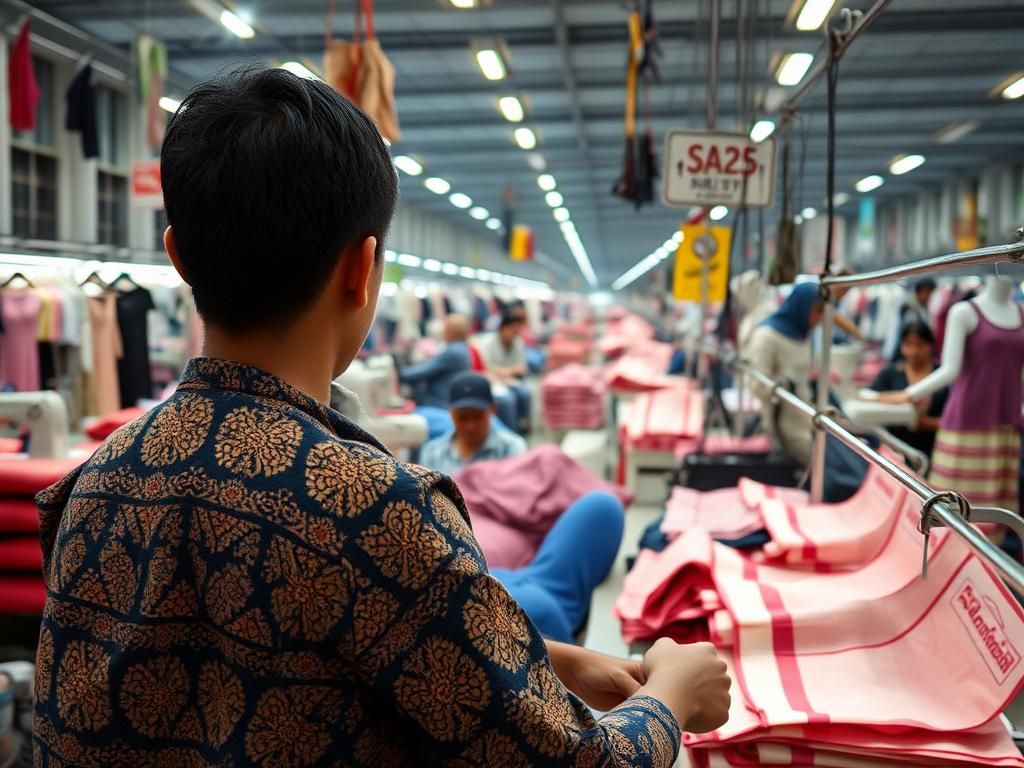Cambodia has secured a significant reduction in tariffs, easing fears of devastating economic consequences. The garment and footwear industries, vital to Cambodia’s economy, were facing potential collapse due to an initially proposed 49% tariff.
The announcement, following weeks of intense negotiations, saw the tariff slashed to 19%, a move that has brought a collective sigh of relief across the Cambodian manufacturing sector. This industry, centered largely in Phnom Penh and surrounding areas, employs hundreds of thousands of workers and contributes substantially to Cambodia’s Gross Domestic Product (GDP). The initial proposal, if enacted, was predicted to trigger mass layoffs and factory closures, creating widespread economic hardship. Sources within the Cambodian government indicate the reduction came after diplomatic pressure and economic analysis presented to international trade bodies. This represents a critical win for the government, which faced significant pressure to protect its most vital industries. However, industry analysts suggest the 19% tariff still presents challenges, potentially impacting profit margins and future investments. The long-term consequences remain to be seen, and the effectiveness of this reduction is still a subject of ongoing debate. Concerns remain regarding the potential impact on Cambodian exports to key markets, particularly the United States and Europe, which are critical to the nation’s financial health.
The tariff reduction offers a reprieve, but questions linger about the long-term health of Cambodia’s garment and footwear industries. Will this be enough to stabilize the sector and prevent further economic fallout?




